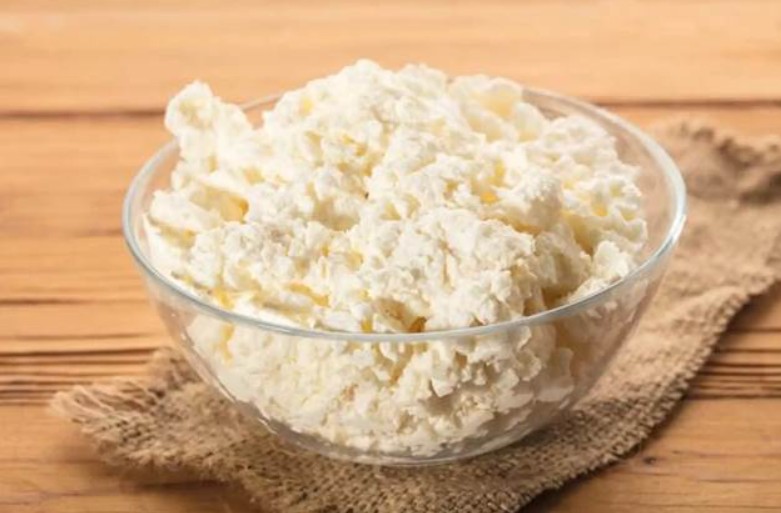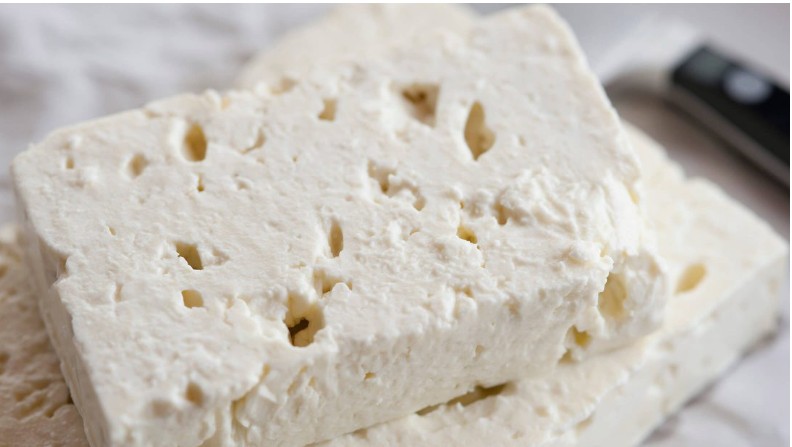From the sun-soaked plains of Kashan to the lush, rugged terrain of Kermanshah, each region whispers its own cheese story. And these aren’t just tales of food—they’re about family, geography, season, and soul.
When you think of Iran, your mind might wander to fragrant spice bazaars, intricate tilework, and ancient cities wrapped in tales of empire. But for the curious foodie—especially a cheese lover—Iran offers a lesser-known yet deeply satisfying delight: a living, breathing dairy culture that stretches across valleys, deserts, and mountain slopes.
From the sun-soaked plains of Kashan to the lush, rugged terrain of Kermanshah, each region whispers its own cheese story. And these aren’t just tales of food—they’re about family, geography, season, and soul.
Kashan: A Desert Bloom of Flavor
Located at the edge of Iran’s central desert, Kashan may seem an unlikely place for dairy traditions to thrive. But behind the city’s historic windcatchers and rose gardens lies a surprising passion for cheese-making.
In villages surrounding Kashan, small farms use traditional techniques to produce a type of semi-soft white cheese that has a distinct earthy note, thanks to the unique herbs the local sheep graze on. These cheeses are often stored in brine inside clay pots and sold fresh in morning markets. Locals enjoy them crumbled into flatbread with fresh mint and slices of tomato—a simple meal that perfectly captures the essence of the region: honest, hearty, and unforgettable.
Isfahan: Harmony on the Plate
Traveling slightly southwest, we enter the cultural capital of Isfahan. Famous for its architecture and fine arts, this city also holds a soft spot for balanced, flavorful dairy.
Isfahani cheeses are milder in salt compared to their northern counterparts, making them perfect for pairing with walnuts, honey, or traditional fruit pastes like lavashak. Some artisanal producers even age their cheeses slightly longer, giving them a firmer texture ideal for grating over stews or warm dishes like khoresh bademjan.
Cheese here is more than just an ingredient—it’s a supporting actor in a grand culinary symphony. Whether enjoyed for breakfast with tea or as part of a formal dinner spread, cheese in Isfahan reflects the city’s sense of refinement and moderation.
Lorestan: Where Cheese Meets Wild Herbs
West of Isfahan lies Lorestan, a region known for its cascading waterfalls, dense oak forests, and proud nomadic traditions. The Lore people have long relied on sheep and goats not only for meat and wool but also for producing rich, tangy cheeses that are packed with the flavor of the mountains.
A signature preparation here involves wrapping soft cheese in wild herbs like oregano or thyme and aging it in sheepskin bags. The result is a cheese with a pungent aroma and a complex, layered taste—sour, salty, and slightly spicy.
These traditional methods of preservation are gaining attention among modern dairy cooperatives as well. Some of the larger names in the industry, including those affiliated with the iran dairy industries company, have begun to highlight such regional specialties in their product development strategies, helping preserve heritage while offering new experiences to the urban palate.
Kermanshah: The Kingdom of Butter and Beyond
As you reach the western edge of Iran, you arrive in Kermanshah—a region famous for its golden butter, but also a hidden gem for cheese connoisseurs.
Here, traditional cheese-making leans heavily on yogurt-based methods. One of the most cherished local varieties is a semi-hard, crumbly cheese made from fermented yogurt, strained and pressed by hand. The aging process takes place in cool mountain caves or earthen containers that give the cheese a unique depth.
This cheese is often served with koloocheh, a type of local biscuit, and black tea—a pairing so beloved that it has found its way into the morning rituals of thousands of Kermanshahi households.
Moreover, as interest in regional dairy products grows, new ventures have emerged—often in collaboration with experienced producers or under the umbrella of national cooperatives—to refine, package, and share Kermanshah’s dairy treasures with a broader audience, both inside and beyond Iran.
A Culture Still Ripening
One of the most remarkable things about Iran’s dairy landscape is that it’s still very much alive. Unlike many countries where traditional cheese-making has become purely artisanal or even obsolete, in Iran, it’s part of daily life. From local farmers markets to metropolitan supermarkets, you’ll find an impressive variety of cheeses, each with its own origin story.
More recently, there’s been a quiet revolution in how these traditional products are shared. Companies with decades of experience in the Iranian dairy scene—some even part of longstanding institutions like the iran dairy industries company—are now working alongside rural producers to bring authentic tastes to a new generation of consumers. These efforts help ensure that the knowledge, skill, and flavor of Iran’s cheese culture aren’t lost to time.
Planning Your Cheese Tour: Tips from the Trail
If you’re planning a culinary trip through Iran with cheese as your compass, here are a few practical tips:
Start with local markets.
Skip the big-box stores when you can. The best finds are usually in early morning bazaars, where producers bring their freshest batches.
Pair cheese with local bread.
From Kashani noon-e sangak to Kermanshahi taftoon, the bread styles in each region elevate the cheese experience.
Ask about the source.
Many vendors are happy to share where their milk comes from and how their cheeses are made. It adds depth to every bite.
Look for seasonal specialties. Some cheeses are only made during specific months when milk is at its richest or certain herbs are in season.
Final Thoughts: A Taste Worth Traveling For
Iran’s cheese culture is a sensory journey through land, time, and tradition. It’s in the cracked hands of the shepherd stirring milk over a wood fire. It’s in the whispered advice of a grandmother aging cheese in the cellar. And it’s in the ambitious dreams of modern dairy companies who know that the future of food is rooted in the authenticity of the past.
So whether you’re biting into a salty slice of Lighvan cheese on a breezy day in Azerbaijan or savoring a creamy sheep’s milk spread in a teahouse near Kashan, remember this: in Iran, cheese isn’t just nourishment—it’s narrative. And that story is only just beginning to be told.









